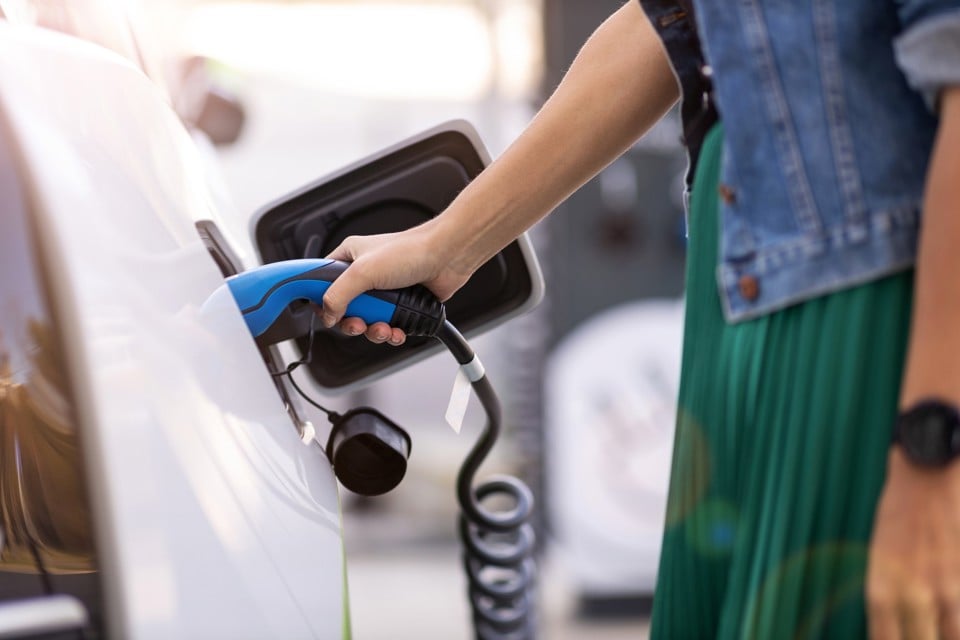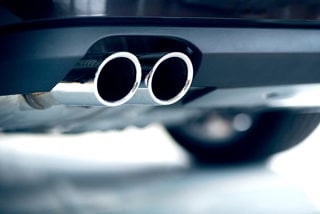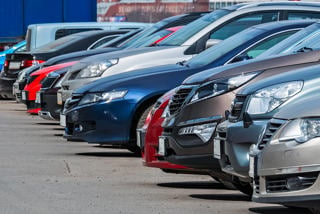The number of fully-electric company cars grew by 1,300% in just 12 months after benefit-in-kind (BIK) tax rates were cut for zero-emission vehicles, new data from HMRC shows.
There were just 4,000 pure electric company cars in 2019/20, but, after a new zero percentage rate was introduced from April 2020, that increased to 52,000.
Against a backdrop of a 10% reduction in the overall number of company cars, the proportion of battery electric vehicles (BEVs) increased from 1% in 2019/20 to 7% the following year.
With more than 121,000 new BEVs registered in 2020/21, according to data from the Society of Motor Manufacturers and Traders (SMMT), it suggests 40% were registered to fleet.
However, with the new car market impacted by Covid-19 and component shortages increasing lead times, it is expected that both the proportion of BEVs and the number of fully-electric company cars will increase further in 2021/22, when HMRC publishes the figures next year.
The latest leasing report from the British Vehicle Rental and Leasing Association (BVRLA), for example, shows that BEVs were responsible for 28% of all new vehicles leased from its members, with an even higher share (35%) on business contract hire.
Pure electric cars now account for 16% of the total BVRLA car fleet.
Writing in the report, Paul Harrison, chief partnerships officer at Leasing.com, says EVs have accounted for 36.5% of its total sales enquiries in Q2 this year compared with 22.8% last – a 60% increase.
“Enquiries for BEVs jumped nearly 91% in Q2 compared with the same period last year,” he added.
The massive year-on-year uplift reported in pure electric company cars in the newly published HMRC data was not repeated with plug-in hybrid electric vehicles (PHEVs).
They increased by just 4,000, from 70,000 (2019/20) to 74,000 (2020/21).
When combined with BEVs, however, it means that one-in-four company cars (24%) had CO2 emissions of 50g/km or less compared with the previous year when it was one-in-11 – just more than 9% of the company car fleet.
AVERAGE EMISSIONS/DIESEL DECLINE
The increase in electric vehicles (EVs) has helped reduce the average CO2 emissions of company cars to 99g/km, down from 111g/km the previous year.
Even after excluding electric cars, the average CO2 emission rate has reduced to 107g/km, confirming a trend towards lower emission fossil fuel cars.
The lion’s share of company cars, almost two-thirds (62%) of the UK fleet, have emissions between 95g/km and 134g/km. One-in-five cars (22%) emitted 105-114g/km.
The number of company cars with emissions of 115g/km and above has decreased substantially over the past decade. In 2011/12, only 13% of company cars had emissions of less than 115g/km. HMRC figures show this has now increased to 63%.
There has also been a significant shift in the proportion of diesel company cars, according to HMRC.
Diesel accounted for around 80% of company cars up to 2017, with a steady decline to 60% by 2019/20.
The proportion using diesel has now fallen to 49% (355,000) in 2020/21. However, while diesel is in decline, the proportion of petrol company cars has been steadily increasing.
In 2015/20, just 19% of company cars were fuelled by petrol, but by 2019/20 that had increased to 39% and has risen further, with the fuel type now accounting for 44% (317,000) of fleet.
BENEFIT SPREAD ACROSS INCOME RANGE
Company cars are sometimes seen as a high-earner perk by policymakers, but HMRC’s statistics show recipients of the benefit are spread across the income range.
The figures, which do not include those who were driving a BEV in 2020/21, suggest that one-in-10 company car drivers were on an annual salary of less than £30,000.























Login to comment
Comments
No comments have been made yet.